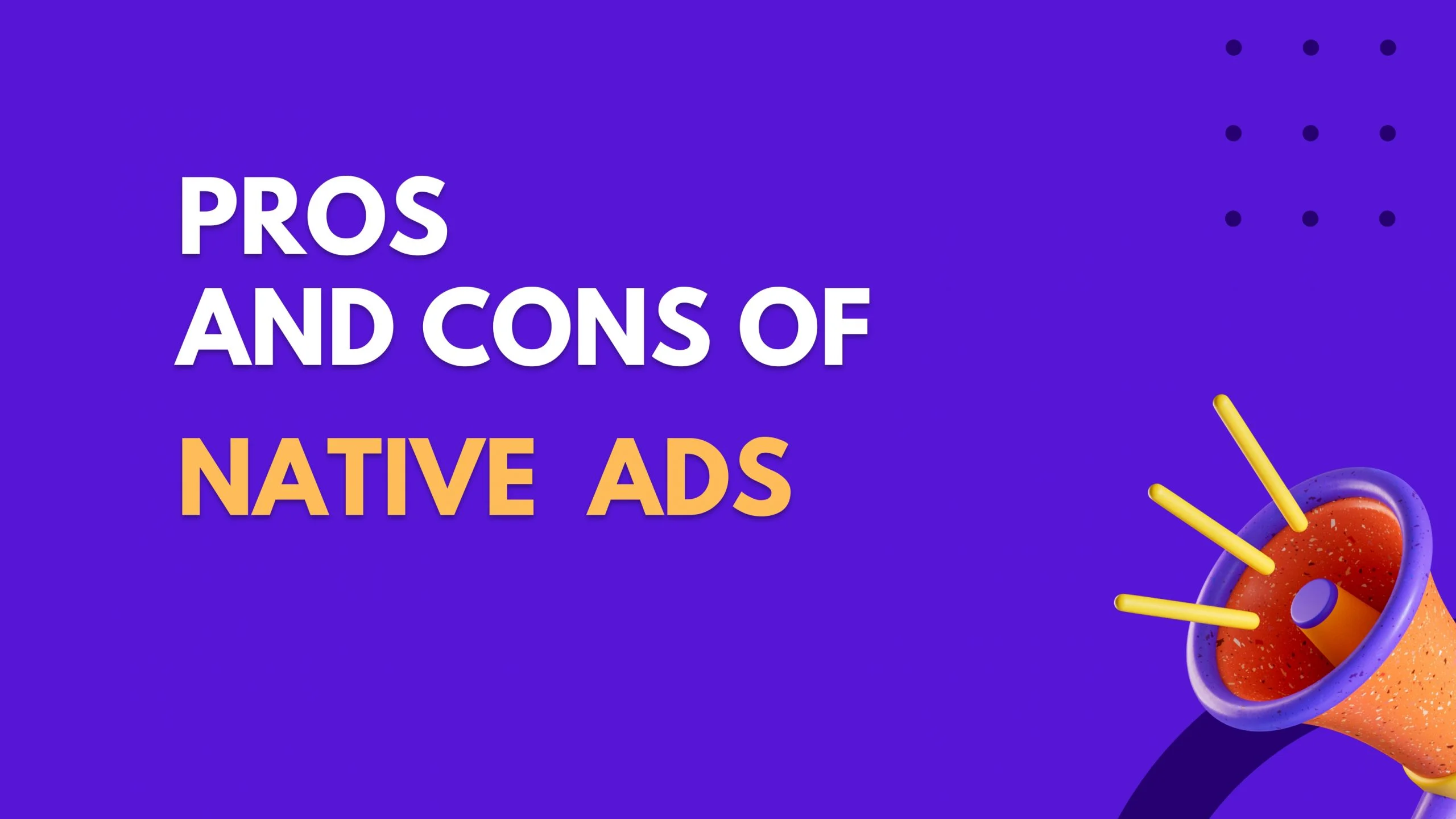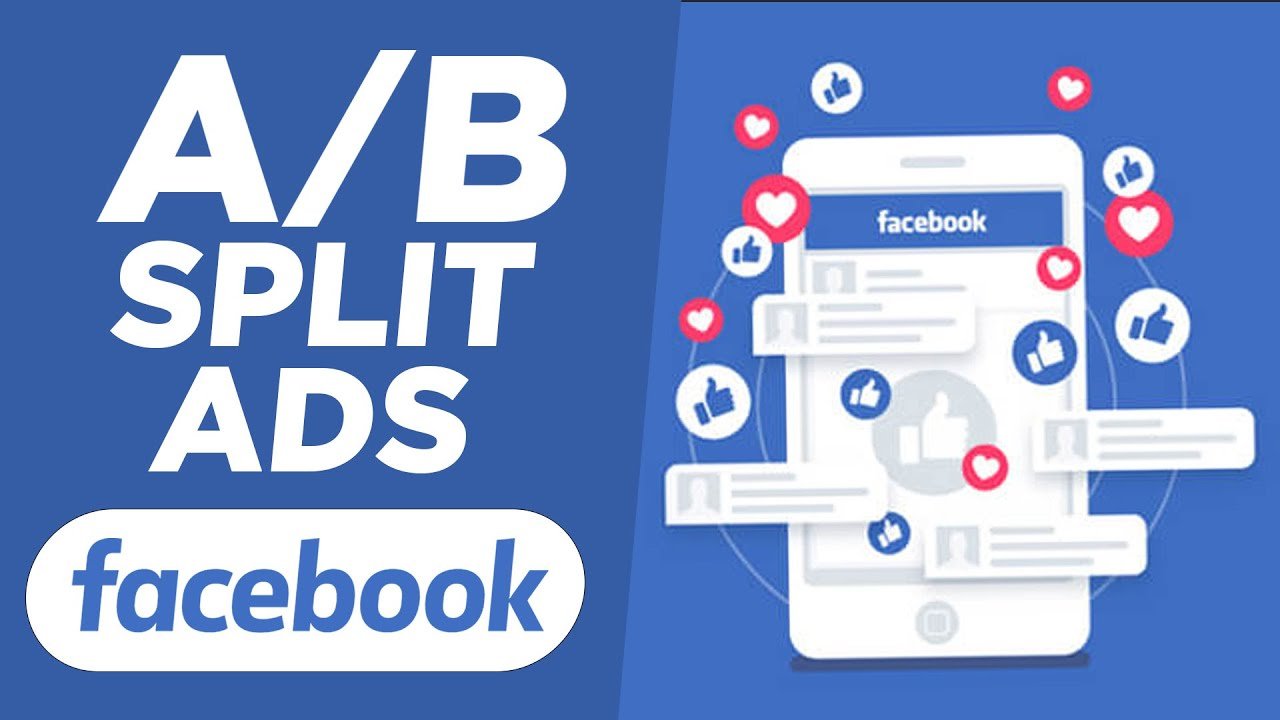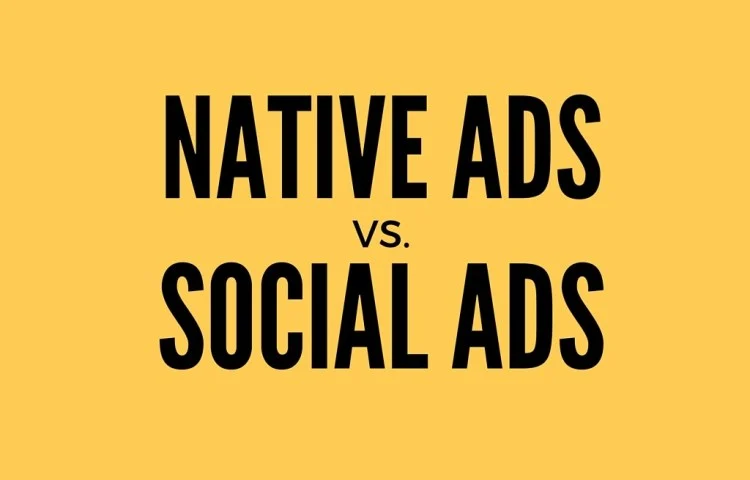Facebook is the world’s largest social media platform, with nearly 3 billion monthly active users. It offers a variety of opportunities for businesses to reach and engage their target audiences, generate leads, and increase sales. However, Facebook marketing is not a one-size-fits-all solution. It requires a clear strategy, creative content, and constant optimization to achieve the best results.
In this article, we will share some tips and trends that will help you create a successful Facebook marketing campaign in 2023. Whether you are new to Facebook advertising or want to improve your existing campaigns, these insights will help you stay ahead of the curve and grow your business.
Tip #1: Define your goals and audience
Before you start creating your Facebook ads, you need to have a clear idea of what you want to achieve and who you want to reach. Your goals should be specific, measurable, achievable, relevant, and time-bound (SMART). For example, you may want to increase website traffic by 20% in the next three months or generate 100 new leads in the next two weeks.
Your audience should be based on your ideal customer profile and buyer persona. You can use Facebook’s Audience Network tool to find and define your audience based on demographics, interests, behaviors, and more. You can also create custom audiences from your existing customers or website visitors, or lookalike audiences from people who are similar to your best customers.

Tip #2: Choose the right ad format and placement
Facebook offers a variety of ad formats and placements that you can use to showcase your products or services, tell your brand story, or drive action. Depending on your goals and audience, you can choose from:
- Image ads: These are simple but effective ads that display a single image with a headline, description, and call-to-action button.
- Video ads: These are ads that display a video with sound and captions. You can use video ads to demonstrate how your product works, share customer testimonials or create emotional connections with your audience.
- Carousel ads: These are ads that display multiple images or videos in a swipeable format. You can use carousel ads to showcase different features or benefits of your product, highlight customer reviews, or tell a sequential story.
- Collection ads: These are ads that display a cover image or video with four product images below. You can use collection ads to showcase a product catalog, create an immersive shopping experience, or drive traffic to your website or app.
- Instant Experience ads: These are full-screen interactive ads that load instantly when someone taps on them. You can use instant experience ads to create immersive brand experiences, showcase multiple products or services, or capture leads.
- Reel ads: These are short-form video ads that appear between organic Reel content. You can use reel ads to reach a large and engaged audience, create viral content, or promote your products or services in a creative way.
You can also choose where you want your ads to appear on Facebook and its partner platforms. You can select from:
- Facebook News Feed: This is the main feed where people see posts from their friends, pages they follow, and sponsored content.
- Facebook Stories: These are ephemeral photos or videos that disappear after 24 hours. They appear at the top of the News Feed and Messenger app.
- Facebook In-stream: These are video ads that play before, during, or after organic video content on Facebook Watch or other publishers’ videos.
- Facebook Marketplace: This is a place where people can buy and sell goods from local businesses or individuals.
- Facebook Video Feeds: These are feeds where people can discover and watch video content from pages they follow or topics they are interested in.
- Facebook Right Column: These are banner ads that appear on the right side of the desktop version of Facebook.
- Instagram Feed: This is the main feed where people see posts from accounts they follow and sponsored content.
- Instagram Stories: These are ephemeral photos or videos that disappear after 24 hours. They appear at the top of the Instagram app.
- Instagram Explore: This is a place where people can discover new content from accounts they don’t follow based on their interests.
- Instagram Reels: These are short-form video content that people can create and watch on Instagram.
- Audience Network: This is a network of third-party apps and websites that display Facebook ads.
- Messenger Inbox: This is where people see messages from their friends and sponsored content.
- Messenger Stories: These are ephemeral photos or videos that disappear after 24 hours. They appear at the top of the Messenger app.
- Messenger Sponsored Messages: These are direct messages that businesses can send to people who have previously interacted with them on Messenger.
Tip #3: Create engaging and relevant content
The content of your Facebook ads is crucial for attracting attention, generating interest, and driving action. Your content should be engaging, relevant, and consistent with your brand voice and tone. Here are some tips to create effective content for your Facebook ads:
- Use high-quality images or videos that showcase your product or service, highlight its benefits, or evoke emotions.
- Use clear and concise headlines and descriptions that capture your audience’s attention, communicate your value proposition, or create curiosity.
- Use a strong call-to-action button that tells your audience what you want them to do next, such as Shop Now, Learn More, Sign Up, or Download.
- Use emojis, hashtags, or stickers to add personality, express emotions, or create a sense of urgency.
- Test different variations of your content to see what performs best and optimize accordingly.
Tip #4: Optimize your landing page
Your landing page is the destination where you send your audience after they click on your ad. It should be relevant to your ad content, offer a clear and compelling value proposition, and have a single and specific goal. Here are some tips to optimize your landing page for your Facebook ads:
- Use a responsive design that adapts to different devices and screen sizes.
- Use a fast-loading page that minimizes loading time and reduces bounce rate.
- Use a clear and catchy headline that matches your ad headline and summarizes your offer.
- Use a subheadline that elaborates on your headline and provides more details or benefits.
- Use bullet points or short paragraphs to break down your content and make it easy to read.
- Use images or videos that support your offer, demonstrate your product or service, or show social proof.
- Use a prominent and contrasting call-to-action button that stands out from the rest of the page and tells your audience what to do next.
- Use a simple and short form that asks for only the necessary information and minimizes friction.
- Use testimonials, reviews, ratings, or badges to build trust and credibility.
Tip #5: Monitor and measure your results
The last tip for creating a successful Facebook marketing campaign in 2023 is to monitor and measure your results. You can use Facebook’s Ads Manager tool to track the performance of your campaigns, ad sets, and ads. You can also use Facebook’s Pixel tool to track the actions that people take on your website after clicking on your ads. Here are some metrics that you should pay attention to:
- Impressions: The number of times your ads were shown on screen.
- Reach: The number of people who saw your ads at least once.
- Frequency: The average number of times each person saw your ads.
- Clicks: The number of clicks on your ads or call-to-action buttons.
- Click-through rate (CTR): The percentage of impressions that resulted in clicks.
- Cost per click (CPC): The average amount you paid for each click on your ads.
- Conversions: The number of actions that people took on your website after clicking on your ads, such as purchases, and sign-ups.
- Cost per conversion (CPC): The average amount you paid for each conversion on your website after clicking on your ads.
- Return on ad spend (ROAS): The ratio of revenue generated from your ads to the amount spent on them.
- Customer lifetime value (CLV): The estimated net profit from a customer over their entire relationship with your business.
You can use these metrics to evaluate the effectiveness of your Facebook marketing campaign, identify areas of improvement, and make data-driven decisions. You can also use Facebook’s A/B testing tool to compare different versions of your campaigns, ad sets, or ads and see which one performs better.
Trends to watch out for in 2023
Facebook marketing is constantly evolving and adapting to the changing needs and preferences of its users and advertisers. Here are some trends that you should watch out for in 2023 and incorporate into your Facebook marketing strategy:
- Video content: Video content is one of the most engaging and popular forms of content on Facebook. According to Facebook, the video will account for 79% of global internet traffic by 2023. You should leverage video content to capture your audience’s attention, convey your message, and drive action. You can use different types of video content, such as live video, 360 video, vertical video, or interactive video, depending on your goals and audience.
- Stories content: Stories content is another form of content that is gaining popularity on Facebook. Stories are ephemeral photos or videos that disappear after 24 hours. They offer a more authentic and personal way to connect with your audience and showcase your brand personality. You can use story content to share behind-the-scenes moments, offer exclusive deals, or create polls or quizzes.
- Reels content: Reels content is a new form of content that was introduced by Instagram in 2020 and expanded to Facebook in 2021. Reels are short-form video content that can be edited with music, filters, stickers, or effects. They are similar to TikTok videos and offer a fun and creative way to reach and engage your audience. You can use reels content to showcase your products or services, create viral challenges, or collaborate with influencers.
- Augmented reality (AR) and virtual reality (VR): AR and VR are technologies that enhance or create immersive experiences for users. Facebook has been investing heavily in AR and VR, such as through its Oculus platform, Spark AR Studio, and Horizon VR social network. You can use AR and VR to create innovative and interactive experiences for your audience, such as product demos, virtual tours, or games.
- Social commerce: Social commerce is the integration of e-commerce and social media platforms. Facebook has been developing various features and tools to facilitate social commerce, such as Facebook Shops, Instagram Shops, Checkout, Live Shopping, and more. You can use social commerce to create a seamless shopping experience for your audience, where they can discover, browse, and buy your products or services without leaving the app.
Conclusion
Facebook marketing is a powerful and effective way to grow your business in 2023. However, it requires a strategic approach, creative execution, and constant optimization to achieve the best results. By following the tips and trends we shared in this article, you can create a successful Facebook marketing campaign that will help you reach and engage your target audience, generate leads and sales, and increase your brand awareness and loyalty.
We hope you found this article helpful and informative. If you have any questions or feedback, please feel free to contact us. We would love to hear from you. Thank you for reading. 😊






